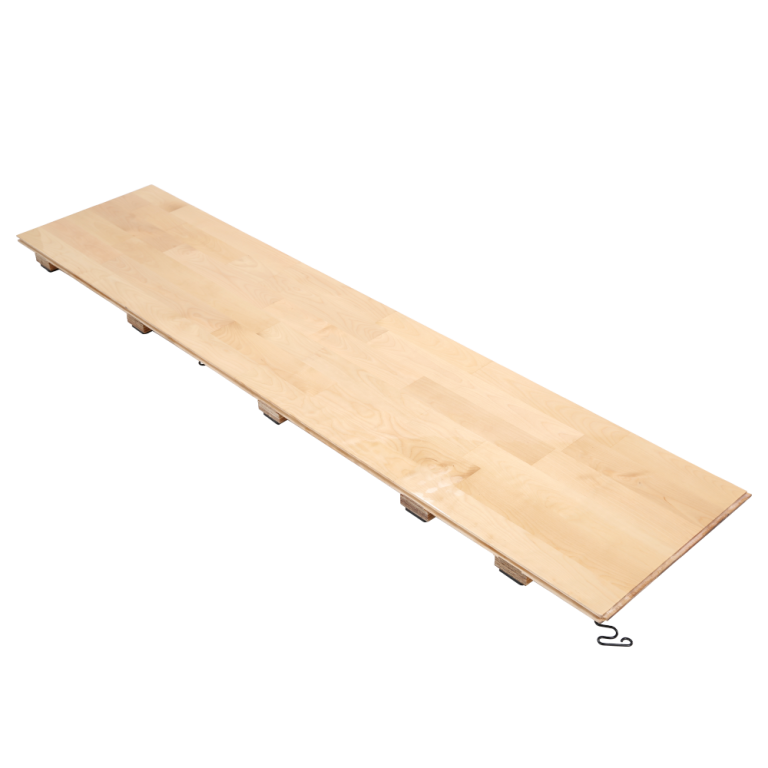When it comes to designing a professional dance space, the floor is the most crucial element. Whether you’re outfitting a theater stage, a ballet classroom, or a university dance studio, a wood dance floor offers the ideal combination of safety, performance, and elegance.
Why Wood Dance Floors Stand Out in Professional Settings
Wood has long been the top choice for dance institutions due to its natural resilience and responsiveness. Unlike synthetic options, wood provides:
Shock Absorption: Reduces injury risk by cushioning landings
Smooth Surface Control: Balanced friction ideal for spins, jumps, and footwork
Acoustic Benefits: Enhances percussive styles like tap and flamenco
Timeless Appearance: Elevates the aesthetic of any professional environment
Best Wood Types for Dance Flooring
Different dance facilities have different performance needs. Popular options include:
Maple Wood: Durable, smooth grain, ideal for high-impact use in ballet and modern dance
Birch Wood: Slightly softer and flexible, perfect for multi-genre studios
Oak Wood: Natural grip, often used in traditional or theater stages
Each wood type can be finished to the specific slip resistance and gloss level required for your dance style.
Where Wood Dance Floors Are Commonly Installed
Wood dance floors are a standard feature in:
Dance Studios: For daily practice, from beginner to elite level
Theaters and Auditoriums: Main stages and rehearsal halls benefit from high-quality flooring
Educational Institutions: Dance departments in schools and universities
Performing Arts Centers: Spaces hosting a variety of dance genres and live performances
Whether for daily training or live stage performance, these venues rely on professional-grade wood floors for optimal movement and visual impact.
Choosing the Right Wood Dance Floor
When selecting your floor, consider the following:
Sprung Subfloors: Protect joints with shock-absorbing construction
Portable vs Fixed Systems: For venues needing flexibility, removable wood floor panels are available
Surface Finish: Choose the appropriate slip resistance for your primary dance styles
Maintenance Needs: Wood floors require regular care but offer exceptional longevity
Custom sizes, edge trims, and line markings can also be included to match your studio or stage’s requirements.
Final Thoughts
A well-crafted wood dance floor is essential for any professional dance environment. Whether you’re managing a ballet academy, a school program, or a national theater, choosing the right floor enhances both performance and safety.
Invest in a wood floor that reflects the professionalism and passion of your dancers—and turns every movement into an art form.


